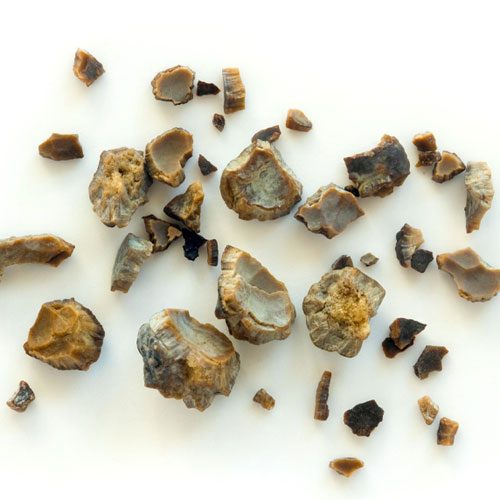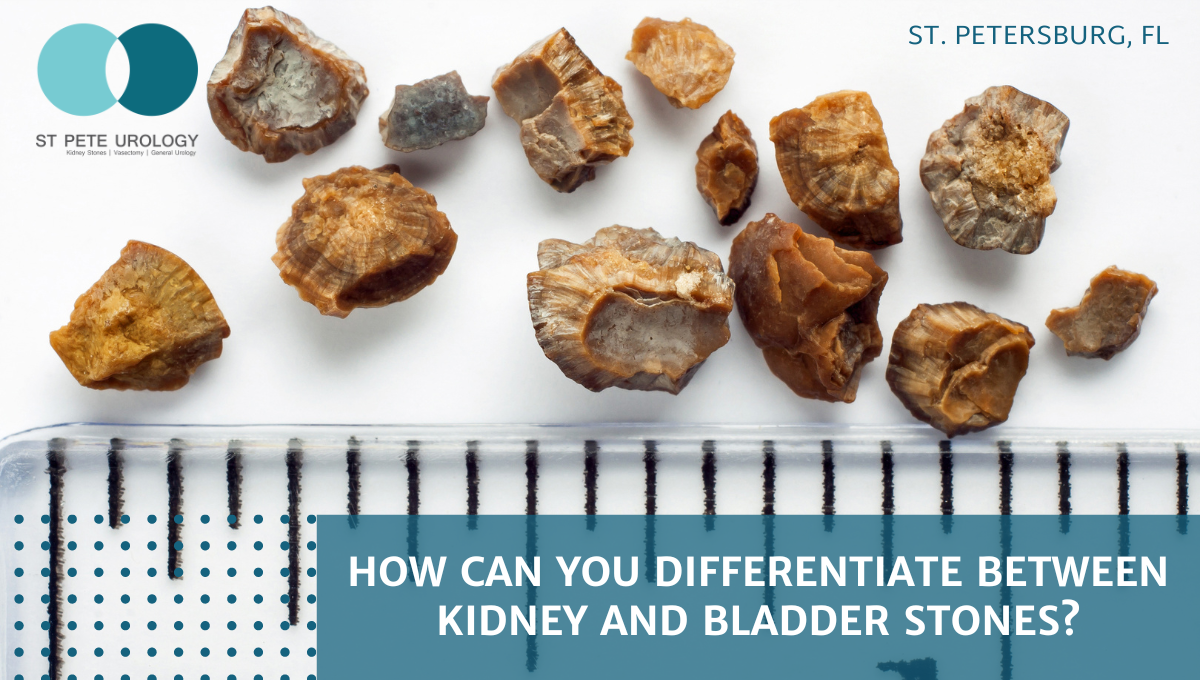Discovering Kidney Stones vs UTI: A Clear Overview of Reasons, Signs, and Solutions
Wiki Article
An Extensive Evaluation of Therapy Choices for Kidney Stones Versus Urinary System System Infections: What You Required to Know
While UTIs are generally attended to with anti-biotics that supply fast relief, the technique to kidney stones can differ significantly based on individual factors such as stone size and make-up. Non-invasive methods like extracorporeal shock wave lithotripsy (ESWL) may be ideal for smaller sized stones, yet bigger or obstructive stones typically call for even more intrusive methods.Recognizing Kidney stones
Kidney stones are difficult down payments developed in the kidneys from minerals and salts, and understanding their structure and development is crucial for efficient administration. The key kinds of kidney stones include calcium oxalate, calcium phosphate, struvite, uric acid, and cystine stones, each with distinct biochemical beginnings.The development of kidney stones happens when the focus of certain substances in the urine enhances, bring about crystallization. This formation can be affected by urinary pH, quantity, and the existence of inhibitors or promoters of stone formation. For example, reduced urine volume and high acidity contribute to uric acid stone development.
Comprehending these elements is important for both avoidance and therapy (Kidney Stones vs UTI). Effective management approaches might consist of nutritional alterations, boosted liquid consumption, and, in some cases, medicinal treatments. By identifying the underlying causes and kinds of kidney stones, doctor can implement customized strategies to mitigate reappearance and enhance individual outcomes
Summary of Urinary Tract Infections
Urinary tract infections (UTIs) are usual microbial infections that can affect any type of part of the urinary system, consisting of the kidneys, ureters, bladder, and urethra. Most of UTIs are caused by Escherichia coli (E. coli), a sort of microorganisms generally found in the intestinal tracts. Females are extra vulnerable to UTIs than males as a result of physiological distinctions, with a much shorter urethra helping with much easier microbial accessibility to the bladder.Signs and symptoms of UTIs can differ depending on the infection's location yet often consist of frequent peeing, a burning experience during peeing, strong-smelling or cloudy pee, and pelvic pain. In much more serious cases, particularly when the kidneys are involved, symptoms might additionally include high temperature, chills, and flank discomfort.
Risk factors for developing UTIs include sex, specific kinds of birth control, urinary system problems, and a weakened body immune system. Medical diagnosis normally entails urine examinations to identify the existence of bacteria and various other indicators of infection. Trigger treatment is necessary to prevent difficulties, consisting of kidney damage, and normally involves antibiotics customized to the specific bacteria involved. UTIs, while common, require timely recognition and administration to guarantee reliable end results.
Therapy Choices for Kidney stones

If the stones are larger or cause substantial pain, non-invasive procedures such as extracorporeal shock wave lithotripsy (ESWL) may be employed. This method uses acoustic waves to damage the stones right into smaller sized pieces that can be extra easily travelled through the urinary system.
In cases where stones are too large for ESWL or if they obstruct the urinary system system, ureteroscopy may be suggested. This minimally invasive procedure includes making use of a tiny extent to remove or damage up the stones straight.

Therapy Options for UTIs
Exactly how can doctor properly attend to urinary system system infections (UTIs)? The key approach entails a comprehensive assessment of the client's symptoms and case history, complied with by proper diagnostic screening, such as urinalysis and pee society. These examinations aid identify the causative pathogens and establish their antibiotic sensitivity, guiding targeted therapy.First-line treatment typically includes antibiotics, with choices such as nitrofurantoin or trimethoprim-sulfamethoxazole, relying on neighborhood resistance patterns. For straightforward cases, a short program of anti-biotics (3-7 days) is commonly enough. In frequent UTIs, carriers may think Get the facts about different techniques or preventative anti-biotics, consisting of way of life adjustments to minimize threat aspects.
For patients with complex UTIs or those with underlying health and wellness issues, a lot more aggressive therapy may be needed, potentially involving intravenous prescription antibiotics and more diagnostic imaging to evaluate for complications. Furthermore, person education on hydration, health techniques, and signs and symptom management Check This Out plays a vital role in avoidance and reappearance.
Contrasting Outcomes and Effectiveness
Examining the results and efficiency of treatment choices for urinary system system infections (UTIs) is vital for optimizing patient treatment. The main treatment for straightforward UTIs generally entails antibiotic treatment, with alternatives such as trimethoprim-sulfamethoxazole, nitrofurantoin, and fosfomycin. Studies indicate high effectiveness rates, with a lot of clients experiencing symptom relief within 48 to 72 hours. Antibiotic resistance is an expanding issue, demanding cautious option of antibiotics based on local resistance patterns.On the other hand, treatment results for kidney stones differ dramatically based upon stone size, area, and composition. Options range from conservative monitoring, such as hydration and pain control, to interventional procedures like extracorporeal shock wave lithotripsy (ESWL) and ureteroscopy. While ESWL has a high success rate for smaller sized stones, complications can emerge, requiring more treatments.
Eventually, the efficiency of therapies for both conditions pivots on precise diagnosis and customized methods. While UTIs usually react well to prescription antibiotics, kidney stone monitoring may require a multifaceted strategy. Continuous evaluation of treatment results is critical to boost client experiences and decrease reoccurrence prices for both UTIs and kidney stones.
Verdict
In recap, treatment strategies for kidney stones and urinary system tract infections differ dramatically due to the distinct nature of each condition. Non-invasive techniques such as extracorporeal shock wave lithotripsy are appropriate for smaller stones, whereas bigger or obstructive stones may need ureteroscopy.While UTIs are commonly addressed with antibiotics that offer fast alleviation, the technique to kidney stones can differ substantially based on specific elements such as stone size and structure. Non-invasive techniques like extracorporeal shock wave lithotripsy (ESWL) might be suitable for smaller stones, yet larger or obstructive stones frequently need more invasive methods. The main types of kidney stones consist of calcium oxalate, calcium phosphate, struvite, uric acid, and cystine stones, each with distinctive biochemical origins.In contrast, treatment outcomes for kidney stones differ you can try here substantially based on stone size, area, and composition. Non-invasive techniques such as extracorporeal shock wave lithotripsy are appropriate for smaller sized stones, whereas larger or obstructive stones may call for ureteroscopy.
Report this wiki page